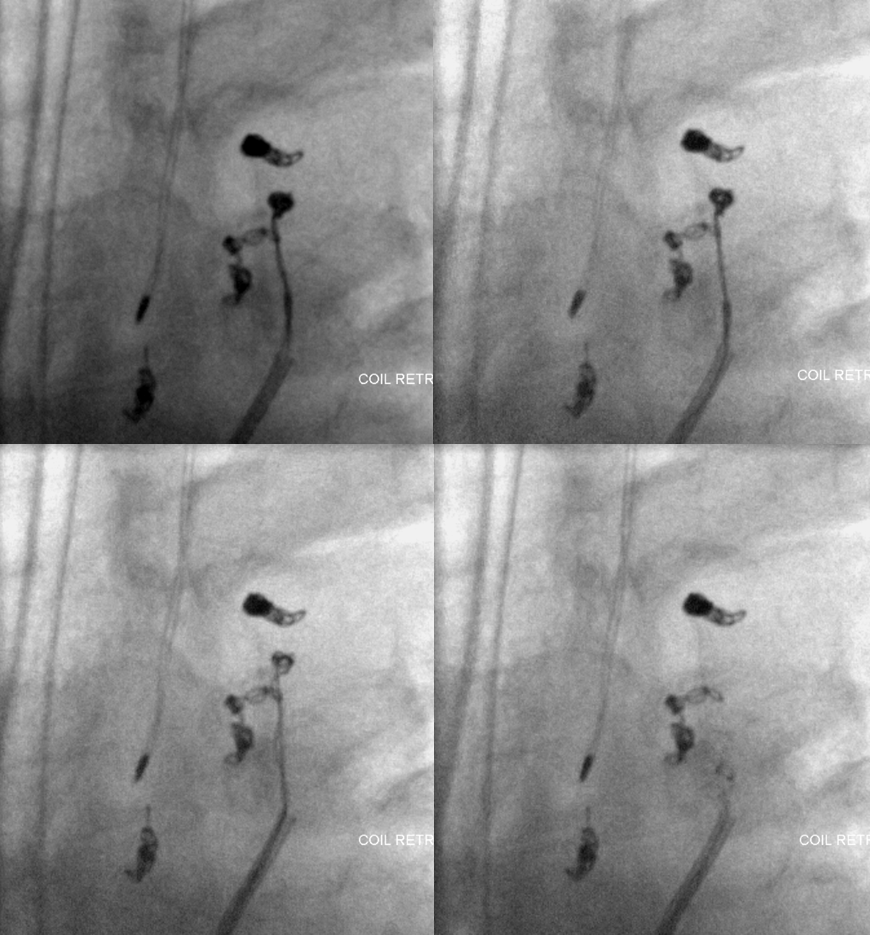

The PICO acronym stands for: P, patient, problem, or population I, intervention C, comparison, control, or comparator and O, outcome. To do so, we used a PICO framework to develop the literature search strategy. Our goal was to provide an updated and extended evaluation, comparing current published evidence on the different treatment options for dogs with cEHPSS based on objective criteria, in order to provide small animal clinicians with evidence‐based information about the available treatment modalities and associated short‐ and long‐term outcomes. 6 Our study differs from the previous study because we applied an intensive search without date (until 2018) or language restrictions, employed the use of 95% confidence intervals (CI) in data assessment, and performed a network meta‐analysis (NMA) to compare different techniques. In 2012, an evidence‐based review based on English language peer‐reviewed papers assessed the quality of evidence. 2, 4, 9 In order to elect the best treatment modality for cEHPSS, comparison of the different available techniques and their overall outcome is needed. 9, 10 In recent years, gradual occlusion methods (thin film band, ameroid constrictor, and coil embolization) have become popular in an attempt to minimize the risk of perioperative complications, life‐threatening portal hypertension, and to treat the high percentage of dogs that do not tolerate acute shunt occlusion. 8 In the past, complete ligation was the treatment of choice in dogs that tolerated complete cEHPSS occlusion intraoperatively, with maximum attenuation of a cEHPSS in a single procedure based on portal pressure measured during the procedure and subjective visual criteria during shunt occlusion. Treatment options might be influenced by the owner's financial capacity, patient's clinical signs and concomitant diseases, anesthetic risk, and shunt morphology. 1, 2, 3, 4, 5, 6 Although surgical or interventional treatment is recommended over medical management, 7 not all patients are ideal surgical or interventional candidates. Persistent shunting was common, although many cats with persistent shunting were clinically normal.The first study reporting congenital extrahepatic portosystemic shunt (cEHPSS) management in dogs was published in 1976 and since that time, several medical and surgical or interventional approaches have been suggested and applied. Placement of an ARC on single extrahepatic PSS in cats resulted in low surgical complication and perioperative mortality rates, but most cats did have substantial postoperative complications. Overall, 75% (15 of 20) of cats had an excellent long-term outcome. Persistent shunting was identified in 8 of 14 cats. Perioperative mortality rate was 4.3% (1 of 23). Postoperative complications developed in 77% (17 of 22) of cats after ARC placement, and included central blindness, hyperthermia, frantic behavior, and generalized motor seizures.

Mean (+/- SD) portal pressure (n = 15) was 6.7+/-2.9 mm Hg before PSS manipulation, 18.6+/-7.7 mm Hg with complete temporary PSS occlusion, and 6.9+/-2.7 mm Hg after ARC placement. Intraoperative complications, consisting of PSS hemorrhage, occurred in 2 cats. Follow-up information was obtained by telephone interview with the owners.Īn ARC was successfully placed in 22 of 23 cats. Cats were scheduled for recheck transcolonic portal scintigraphy 8 to 10 weeks after surgery. Portal pressure was measured prior to ARC placement, with complete temporary PSS occlusion, and after ARC placement. To document the signalment history clinical signs clinicopathologic, diagnostic imaging, and surgical findings perioperative complications and long-term clinical results of ameroid ring constrictor (ARC) placement on single extrahepatic portosystemic shunts (PSS) in cats.Ģ3 cats treated with an ARC on a single extrahepatic PSS.Īn ARC was placed surgically around the PSS.


 0 kommentar(er)
0 kommentar(er)
